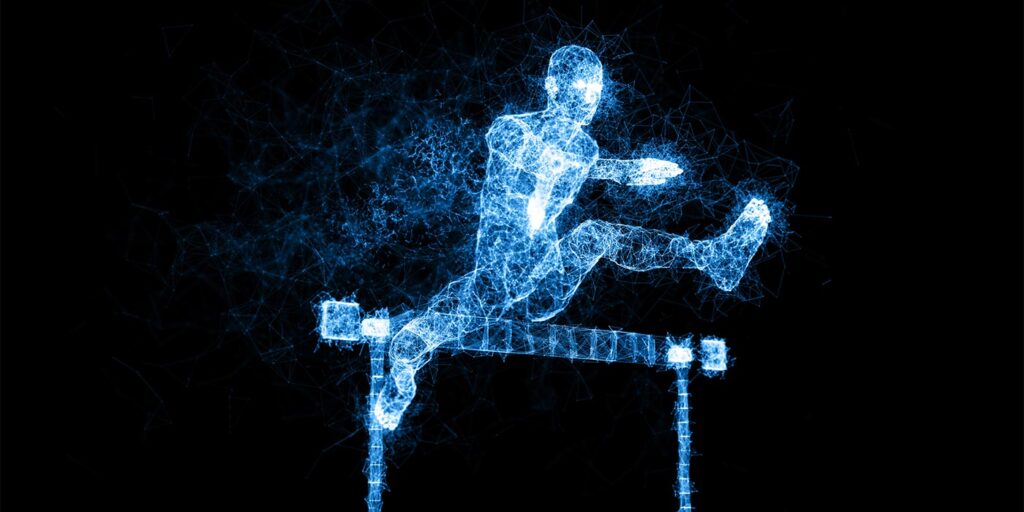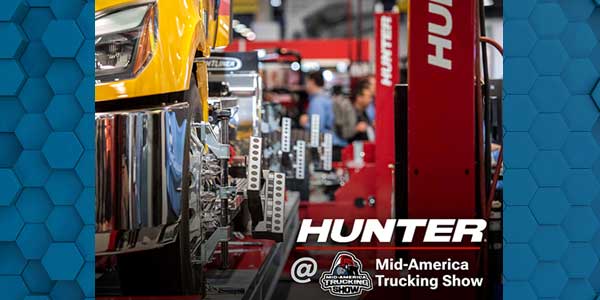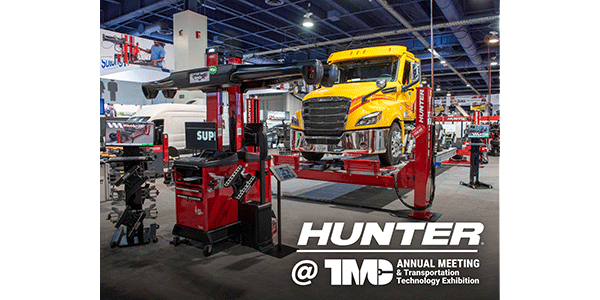Any change you make in your business requires a great deal of thought and attention to detail. You’ll never be prepared for everything, but limiting any disruption to the daily grind of your shop will reduce stress during change.
Change and Time
The collision repair industry has seen a great deal of change, much of it driven by vehicles but also in the way shops operate.
Recent years have taught us all that the norm we were all used to has changed. Shortages in parts, vehicles and technicians have many of us rethinking what needs to be done to keep vehicles moving through shops and delivered to customers.
Time is the critical component that we keep losing and never get back. How we coordinate our time is a difficult task in any repair industry. The phrase, “So much to do, so little time,” is a pretty accurate description of any day in any shop. The time it takes for sublet vendors to do their part of the repair is time away from the shop or time you’re not in control of. If you sublet alignments and advanced driver-assistance system (ADAS) calibrations, how much time is out of your shop’s control waiting for these services? Although the calibration may be done at your shop, you’re still waiting on someone else to complete your customer’s vehicle.
Subletting Services
Subletting services has both great advantages and drawbacks. You have to weigh these by considering what you’re doing as a business now and what you need in the future.
The ability to do alignments has always been desired for any shop, but the cost of equipment and the space usually was a deterrent to many who looked into these factors versus return on investment. So, shops found ways to manage the time when a sublet vendor needed to do the alignment to complete the repairs. However, with the increased calibrations required to validate ADAS operation, many shops are rethinking the future of services they provide in-house.
There is always that pit in your stomach from wondering if the equipment you buy will be out of date soon.
Calibrations and alignments are a hand-in-hand operation. A vehicle may need an alignment or verification that the alignment is correct before the calibration to correctly complete the repairs. Mechanical repair shops are now adding calibration services to their service menus as more vehicles are requiring validation of ADAS features after alignments and other suspension services. With the equipment needed to do the calibrations and the adaptability of many alignment systems to complete the process of alignment and calibrations in its entirety, it makes good business sense.
Auto body shops looking at what the future holds for the collision industry are examining how much they’re sending to sublets for alignments and calibrations. Many shops send vehicles to sublet for alignment and another sublet for calibration. The question is: How often does this happen? Depending on your shop’s volume, this may not be a great concern. For other shops experiencing an increasing number of repairs that require alignments, maybe it’s time to reevaluate your in-house services and your cycle time needs.
Alignment equipment manufacturers are engineering alignment equipment with add-on features to increase the return on investment over time. The measuring and setup has been made easier for technicians and improves the learning curve dramatically for the technician using the equipment. The interesting part of all of this change is that wrench-turning has now been combined with electronics. Technicians now need to understand some computer basics to download updates and maintain electronics. Combined with the ability to service vehicle electronics, a higher level of knowledge is now required. This is all dependent on what level of service you want to provide in-house.
Hurdles
Space is a commodity a shop never has enough of. It may be difficult to imagine squeezing alignment into your shop.
Depending on where you go in the U.S., I’ve seen some pretty creative, out-of-the-box thinking in finding or creating space. I’ve also seen shops look at upgrades to shops or floors to be able to accommodate the space needed. I’ve seen companies even renting space nearby, as empty retail space has been abundant in many cities. Space will be needed, and you will have to reason the value of your shop floor plan.
If you sublet alignments and ADAS calibrations, how much time is out of your shop’s control waiting for these services?
The technician shortage has affected everyone. You may feel taking on alignment work would be too much for your current staff to absorb or might distract someone away from the core of your collision repair business — that is, if you have someone who is experienced or wants to learn. Adding another person to your staff (if you can find one) and training him or her costs money and time. Researching and evaluating your future business model also takes some time and thought. There are other hurdles such as equipment cost, but that is a given that you must consider before entering any venture. There is always that pit in your stomach from wondering if, no matter what you buy, it will be out of date as soon as better and smarter equipment is developed.
What Do You Want?
It’s crazy how many companies are out there offering equipment. You’ll see many different types and many different add-on features and will need to decide what’s the best and where you want to go.
I’ve seen people buy equipment that’s good for now but is not able to expand and adapt to changes in designs and requirements. You may feel it was a good deal money-wise, but was it really? Establish what you want and what you want to be able to do in the future. Invest wisely on equipment that may be able to expand and adapt. Once you’ve got your want list, you’ll need to look at manufacturers — all of whom will claim to be the best, easiest and fastest. One trend I’m seeing more and more is many manufacturers building demo and training facilities. The cost to go and visit and then send a technician to learn to use the equipment is well worth it as far as turning that equipment into revenue-generating services. It’s a great start.
After that great start, what’s the follow-up from the vendor? Is there a good support process? What about maintenance and service? This can be as important as the purchase itself. Nobody wants a paperweight holding parts in the shop.
Asking questions of industry colleagues and other shops you know can help you find the alignment equipment supplier with the best service and reputation. Questions to think about before buying include:
- Is all the equipment available?
- Is anything on backorder?
- Is there follow-up training?
- Is there a help line?
There is more I could add, but it’s not only about buying the equipment. It’s a plan of action.














